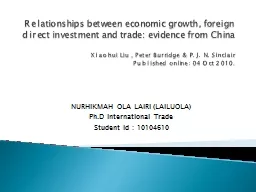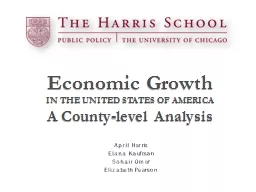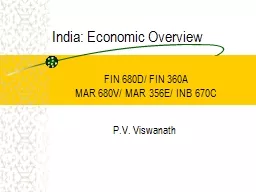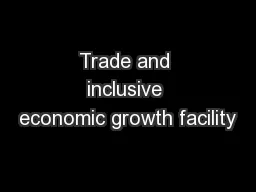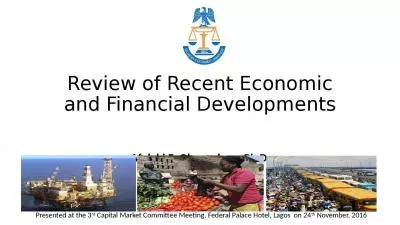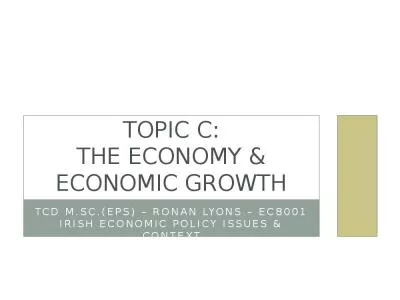PPT-Relationships between economic growth, foreign
Author : contessi | Published Date : 2020-06-30
direct investment and trade evidence from China Xiaohui Liu Peter Burridge amp P J N Sinclair Published online 04 Oct 2010 NURHIKMAH OLA LAIRI LAILUOLA PhD International
Presentation Embed Code
Download Presentation
Download Presentation The PPT/PDF document "Relationships between economic growth, f..." is the property of its rightful owner. Permission is granted to download and print the materials on this website for personal, non-commercial use only, and to display it on your personal computer provided you do not modify the materials and that you retain all copyright notices contained in the materials. By downloading content from our website, you accept the terms of this agreement.
Relationships between economic growth, foreign: Transcript
Download Rules Of Document
"Relationships between economic growth, foreign"The content belongs to its owner. You may download and print it for personal use, without modification, and keep all copyright notices. By downloading, you agree to these terms.
Related Documents

